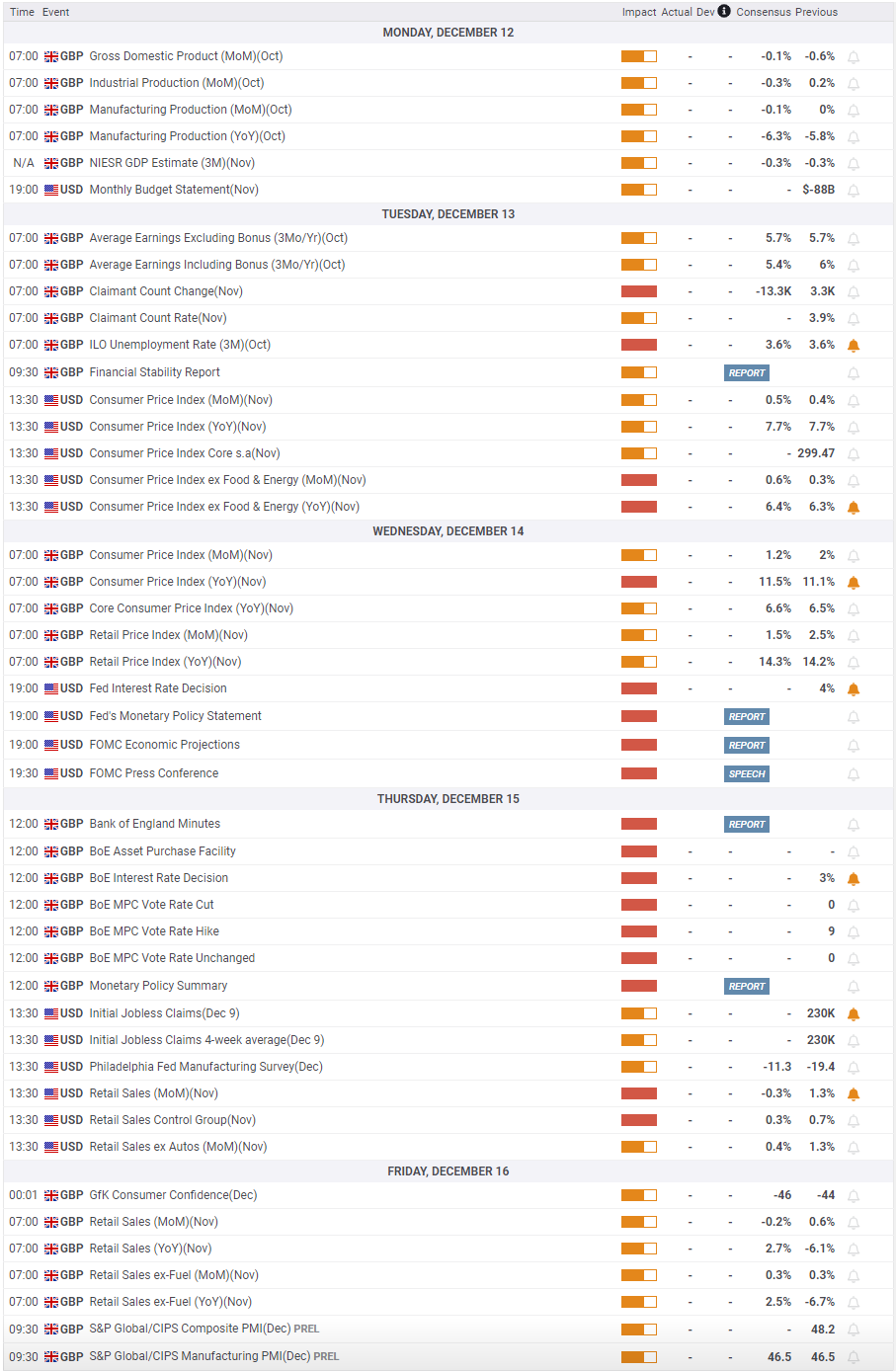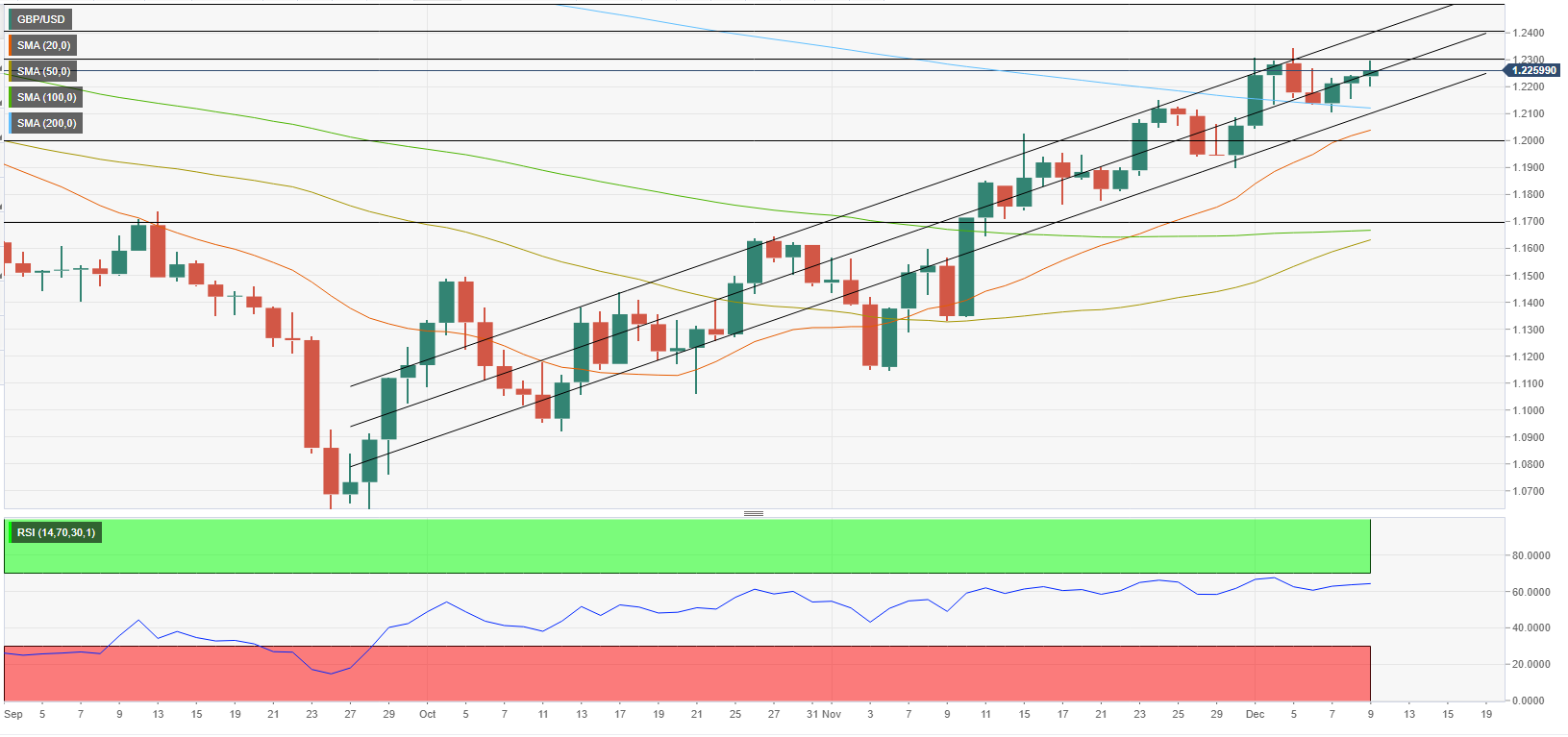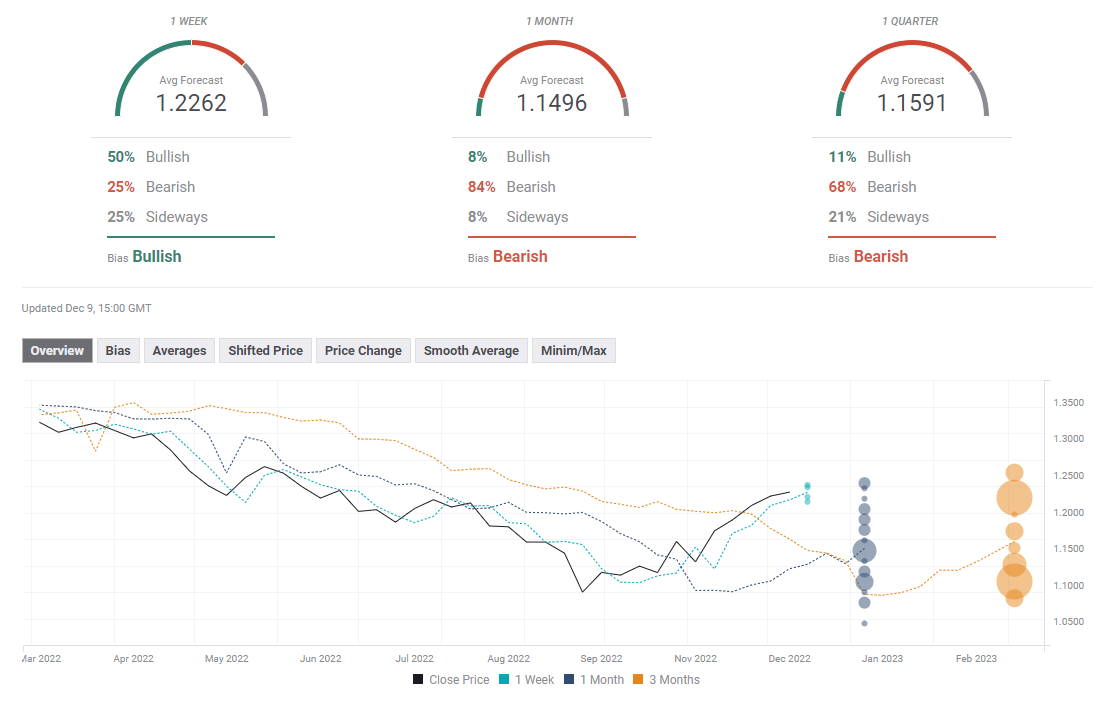- GBP/USD snapped a four-week uptrend, gearing up for the Bank of England policy decision.
- US Dollar recovery faded ahead of the United States inflation, Federal Reserve meeting next week.
- GBP/USD held fort above the critical 200-Daily Moving Average, will it sustain for longer?
GBP/USD ended the week almost unchanged, snapping a fourth straight weekly advance after being unable to find acceptance above the 1.2350 threshold. A pause in the recent United States Dollar (USD) decline capped the upside in the Pound Sterling amid a relatively quiet week, as traders geared up for a critical week ahead. The US Federal Reserve (Fed) and the Bank of England (BoE) interest rate decisions will be announced next week while the Consumer Price Index (CPI) from the United States will also hold the key for a fresh direction in the GBP/USD pair.
GBP/USD bulls took a breather with US Dollar bears
The British Pound extended its upbeat momentum against the United States Dollar at the start of the week and refreshed its six-month highs at 1.2344. The Cable entered a phase of upside consolidation thereafter, although it managed to sustain above the critical 200-Daily Moving Average (DMA). The first two trading days of the week saw the comeback kid, the US Dollar, rejoicing the revival of the hawkish Federal Reserve tightening expectations. The latest United States Nonfarm Payrolls report and ISM Services PMI data exceeded expectations and hinted at a relatively healthy American economy, which could allow the US central bank to continue its tightening cycle.
The Institute for Supply Management said its Manufacturing Purchasing Managers Index (PMI) rose to 56.5 last month, up from November’s reading of 54.4. Economists were looking for a drop to 53.1. United States Factory Orders jumped 1.0% in October after rising 0.3% in September and against expectations of 0.7%. The United States Bureau of Labor Statistics (BLS) showed Friday that the Nonfarm Payrolls increased by 263,000 in November vs. the 200,000 expected.
The staggering US Dollar recovery fizzled midweek as China’s relaxation of Covid restrictions lifted the broader market sentiment despite the country’s narrowing trade surplus. A lack of top-tier economic news from the United States, and the United Kingdom left GBP/USD gyrating in a familiar range between the 1.2300 and 1.2100 price range in the balance of the week. The US Dollar resumed its downside momentum in tandem with the Treasury yields, as fears mounted over a probable recession in America after top US banking giants, JP Morgan and Goldman Sachs, warned of an inevitable recession in 2023. Traders also resorted to repositioning ahead of a big central banks’ week, with the Federal Reserve and Bank of England both expected to hike their policy rates by 50 basis points (bps).
Ahead of the weekend, the US Bureau of Labor Statistics reported that the annual Core Producer Price Index (PPI) declined to 6.2% in November from 6.7% % in October. This reading came in higher than the market expectation of 6% and helped the US Dollar gather strength. The positive impact of the PPI data on the currency, however, remain short-lived and GBP/USD managed to hold in positive territory at around mid-1.2200s.
Central banks to hog the limelight
Investors brace for an eventful week before a lull sets in the market, as we progress toward the Christmas and New Year holidays. The big week kicks off with the United Kingdom’s monthly Gross Domestic Product (GDP) and Industrial Production data releases while the Federal Budget Balance will be reported from the United States.
Next of note will be Tuesday’s UK Employment and Wage inflation data, followed by the all-important United States Consumer Price Index (CPI), with the core inflation figures accelerating across the horizon. The uptick in the core inflation could reinforce expectations for a Federal Reserve terminal rate beyond 5%, triggering a fresh US Dollar rally at the expense of the Pound Sterling.
Although the reaction could be short-lived, as GBP/USD traders brace for Wednesday’s UK Consumer Price Index data, with the inflation hitting a new 41-year high at 11.5% in November. The US Federal Reserve interest rate decision and Chair Jerome Powell’s press conference, however, will steal the show on Wednesday, as investors will eagerly await fresh cues on the central bank’s policy outlook and economic projections for a new US Dollar price direction.
The focus will then shift toward Thursday’s Bank of England monetary policy decision. With a 50 bps rate hike fully baked in, all eyes will be on the central bank’s 2023 rate hike outlook. The language of the monetary policy statement will also hold the key for GBP/USD valuations. The United States will also report the Retail Sales data on Thursday alongside the Industrial Production and other minority data publications.
The S&P Global Preliminary Manufacturing and Services PMIs from the US and the UK will serve a volatile end to an action-packed week. Traders will also look forward to the Retail Sales data from the United Kingdom on Friday.


GBP/USD technical outlook
GBP/USD managed to hold above the 200-Daily Moving Average following the decline witnessed in the first half of the week, suggesting that buyers are not yet ready to give up on that key level yet. On the daily chart, the Relative Strength Index holds above 60 and the pair continues to trade within the ascending regression channel from late September, confirming the bullish bias.
On the upside, interim resistance seems to have formed at 1.2300 ahead of 1.2400 (psychological level) and 1.2500 (psychological level, static level from June).
1.2100 (200-Daily MA) aligns as key support. If the pair falls below that level and starts using it as resistance, the pair could extend its slide toward 1.2000 (psychological level) and 1.1900 (psychological level, static level).


GBP/USD forecast poll






